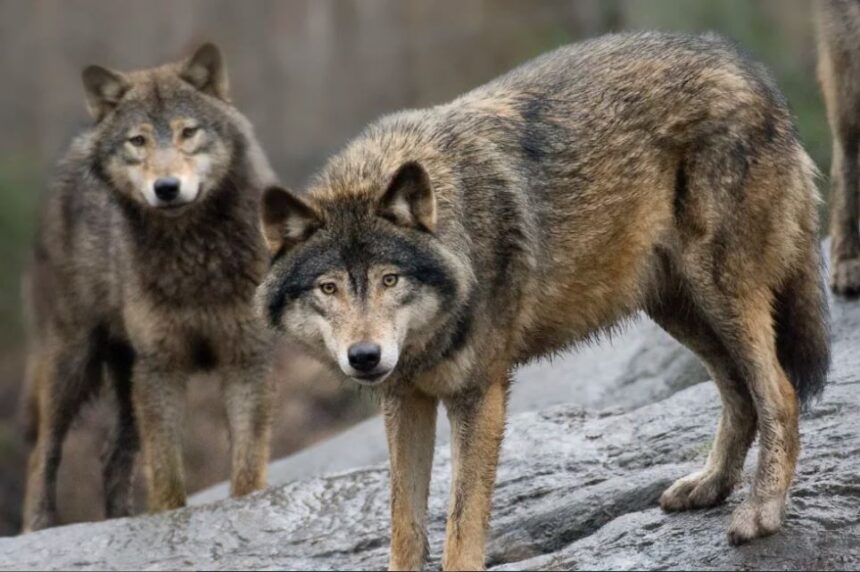Sweden: Siltanews – News Desk
Sweden began its annual wolf hunt this week, allowing nearly 10% of the endangered species population to be killed, as conservationists raise concerns about the controversial policy.
Since 2010, Sweden has allowed wolves to be hunted on a licensed quota basis. Conservationists say this goes against European Union law and have filed complaints with the EU Commission, which has previously said it is assessing Sweden’s compliance.
Hunted to the point of extinction by the 1970s, wolves have gradually returned to the northern European country, aided by EU conservation legislation.
But now the government is allowing 30 of the estimated 375 animals there to be culled, citing safety concerns for rural dwellers and livestock owners.
It’s part of the government’s effort to drastically reduce the overall number of wolves in the country – from a previous minimum population of 300 to a new minimum of 170. This minimum number, under Sweden’s Environmental Protection Agency, is referred to as a “favorable reference value.”
This is despite the wolf’s status as “highly threatened” on The Swedish Red List, which monitors the extinction risk of species in the Nordic country.
Conservationists were further alarmed last month when the Council of Europe’s Bern Convention committee, which includes 49 countries and the European Union, voted in favor of an EU proposal to lower the protection status of wolves from “strictly protected” to “protected.” The convention was originally established to protect species and habitats.
“Strictly protected” status meant wolves could not be deliberately killed or captured, but with the downgrading, the Council of Europe says member states will now have “additional flexibility” when managing their local wolf populations.
The World Wide Fund for Nature (WWF) responded to the decision, calling the EU’s move to weaken wolf protections “a serious misstep, devoid of any solid scientific foundation.”
Conservationists are concerned that if wolf numbers decline there will be an even greater likelihood of genetic problems within the population.
“A country with 10 million people, the size of ours at 450,000 square kilometers, one of the richest countries per capita in the world, should be able to have a decent population of all our wild animals,” Staffan Widstrand, managing director of conservation organization the Wild Wonders International.
Anti-wolf sentiment is growing elsewhere in Europe too.
A pony belonging to European Commission President Ursula von der Leyen’s was killed by a wolf in 2022. She made a statement in 2023 saying that “the concentration of wolf packs in some European regions has become a real danger for livestock and potentially also for humans,” which prompted several wildlife and conservation charities, including the WWF, to issue a response, calling her words “misleading” and “not based on science.”
Von der Leyen welcomed the news last month that the Bern Convention committee had decided to adjust the protection status of wolves, calling it “important news for our rural communities and farmers… because we need a balanced approach between the preservation of wildlife and the protection of our livelihoods.”
It’s true that the wolf population in Europe has increased over recent years. Wild Wonders’ Widstrand calls it “a major, fantastic comeback conservation story.”
There are approximately 1,500 wolves in Germany and 3,300 in Italy, according to conservation reports. Widstrand notes there are even 120 wolves in Belgium. “These countries are vastly smaller than Sweden and more densely populated,” he pointed out.

